More and more countries are loosening their coronavirus lockdown restrictions. While this news is terrific, there is a new problem on the horizon, and leaders must address it immediately. With relaxed lockdown rules, people are returning to their regular routines, and countries are experiencing lengthy traffic congestion worse than the pre-pandemic era.
From Austin to Milan to Shenzhen, government officials are hard at work, trying to persuade the public back onto subways and buses. They are doing this to ensure pedestrians and cyclists have abundant space. Unfortunately, most individuals are steering clear from public transit and riding solo. Why? Because traveling in large groups increases the chance of getting infected by the coronavirus.
If this problem grows, cities could face terrible gridlocks, leading to tons of other problems like increased pollution and delays.
Improvement is Pivotal
There was a notable reduction in pollution when the lockdown was in full effect. Why? Because there were very few cars driving around in the city, ensuring that carbon dioxide emissions were incredibly low. It has been a long time since human beings and animals breathed clean, pollution-free air, and officials must ensure things stay that way by doing everything possible to prevent post-pandemic gridlocks.
Did you know that traffic accounts for more than a quarter of the world’s carbon dioxide emissions? And with the drastic increase in vehicles during the last fifty years, and more cars still to come, things could get worse in a very short period.
The Warning Signs Are Clear
More than thirty cities that relaxed their lockdown rules (Geneva, Shenzhen, Oslo, Hong Kong, etc.) recorded a significant increase in traffic congestion. Some reports suggest that people are ditching public transit and replacing it with driving, another reason behind the increased gridlock and environmental pollution post lockdown.
Is There a Solution?
Thousands of city leaders are attempting to find ways to fix the various gridlock related issues. They are doing this not only to reduce traffic congestion but also to reclaim the roads for cyclists and walkers. City officials are taking advantage of the pandemic to impose rules and regulations that used to be politically contentious pre-lockdown.
San Francisco noticed a massive decline in bus ridership (eighty percent or more) between March and May. The city made space for its walkers and cyclists by opening car-free corridors up to twenty-four miles. According to some reports, the city plans to add more miles, ensuring there is ample space for pedestrians and cyclists.
Colombia has also been incredibly proactive after easing the lockdown restrictions in some cities. The officials of its capital, Bogota, created bike lanes on various sidewalks, ensuring that cyclists have more than fifty miles of space.
While this measure was initially temporary, Bogota’s transportation secretary, Nicolas Estupinan, recently issued an order to make it permanent. However, this is not the only measure implemented by Bogota officials to reduce gridlock. The people running this city also ordered different work hours for various industries.
Construction workers start early at 10 a.m., while retailers’ shifts start at noon. Of course, not everybody was on board with this plan, but it is the best way to reduce congestion and improve the city’s bicycle infrastructure.
The Emergence of Cycling
Researchers collected data from well-recognized cities like Colombia, San Francisco, Milan, Berlin, Paris, and London, reporting that there has been a tremendous increase in cycling compared to the pre-pandemic times. More and more people are starting to realize how they can prevent global warming while keeping themselves healthy, and the solution is, traveling on their bicycles.
Unfortunately, very few cities have decent bicycle infrastructures, and as governments allow people to travel, the gridlocks resulting from it could hinder cyclists from traveling on the road. It is a significant reason why city officials should follow the examples of cities like San Francisco and Bogota, and improve their bicycle infrastructures.
Moving Through the Pandemic with Bicycles
An increasing body of evidence highlights cycling’s positive impact on the economy and quality of life. Objectively speaking, cycling is significantly healthier and environmentally friendlier than driving a car. The more people replace their motor vehicles with cycles, the better it will be for their city. Once again, governments should play their part to improve cycling infrastructures to sustain the economy while ensuring people remain healthy.
Does this mean that people should stop using their motor vehicles? Not at all! However, they should prioritize cycling as long as it doesn’t slow them down (commuting for long distances, urgent meetings, etc.)
A critical step to implement an improved transport infrastructure would be to develop a vast network of safe cycling lanes, developing bicycle-friendly overpasses and highways, and improving the capacity to carry bikes on public vehicles i.e., buses and trains. Introducing public bike-sharing systems and indoor cycle parking will also prove to be a step in the right direction towards and improve bicycle infrastructure.
For more information, see our benchmarking report and more information on past benchmarking reports.

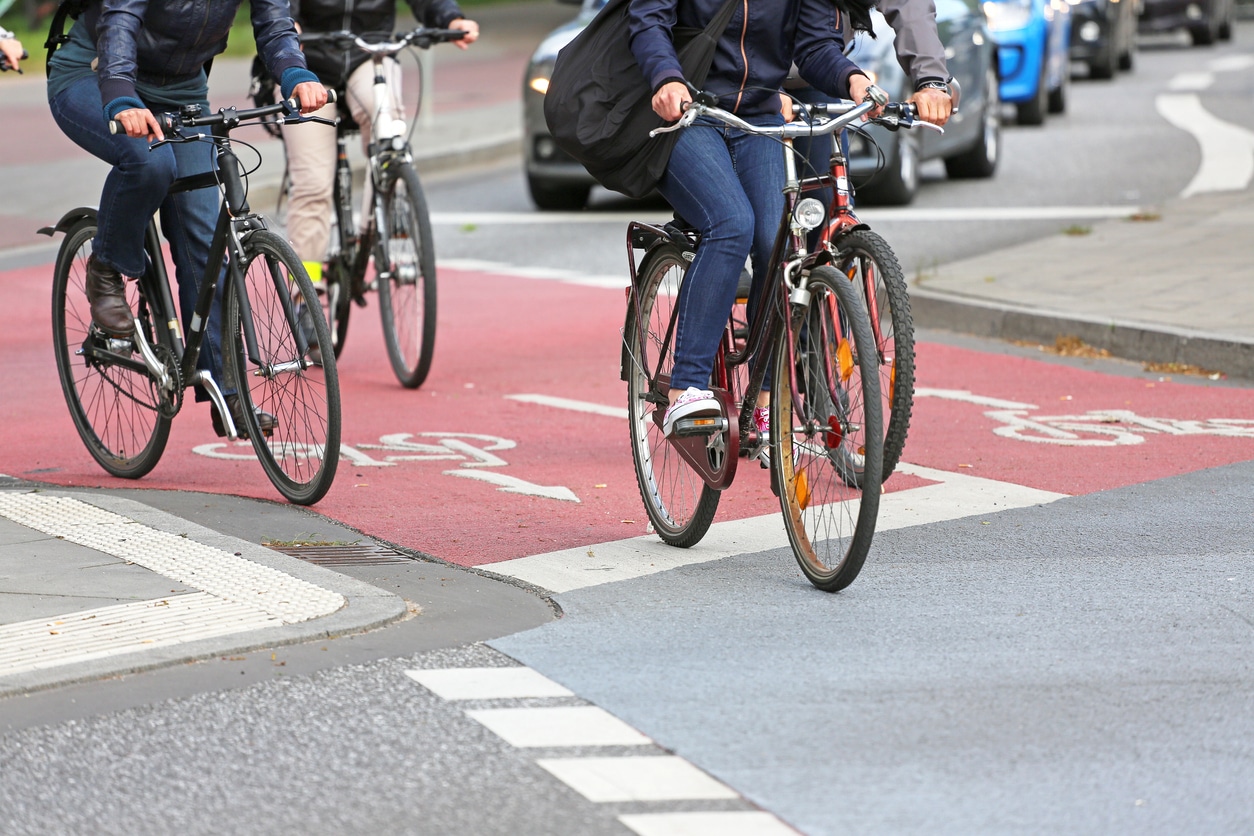
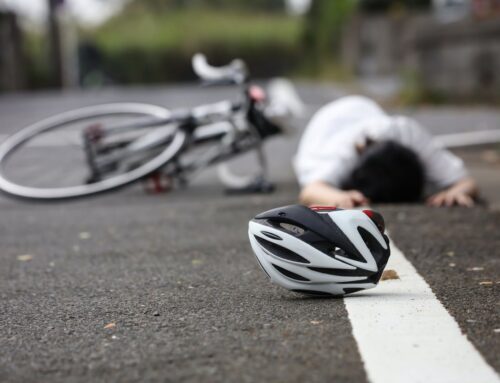
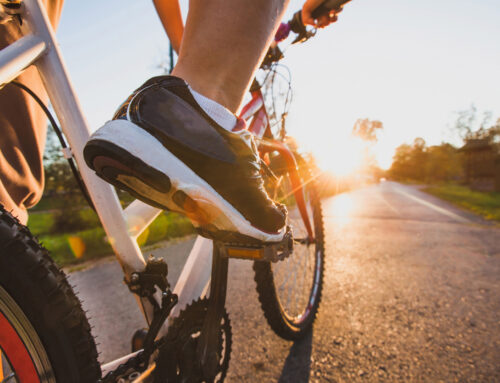
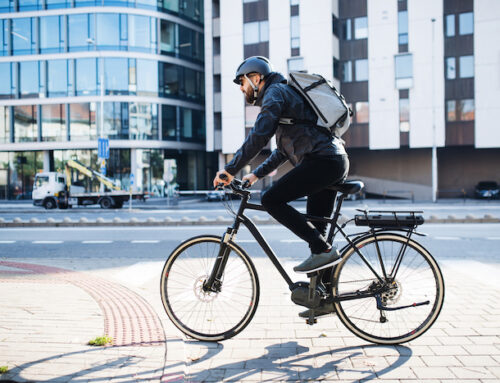
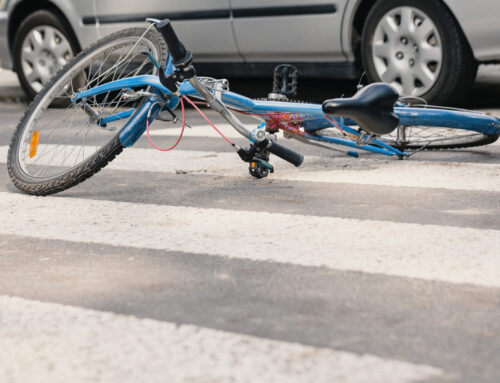
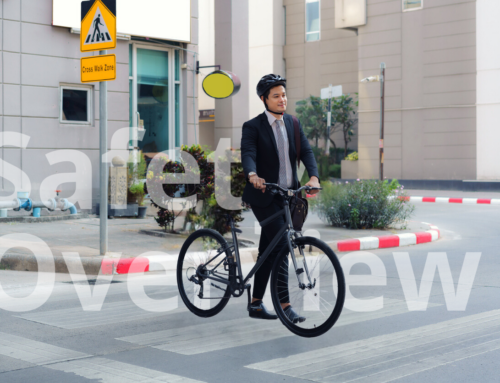
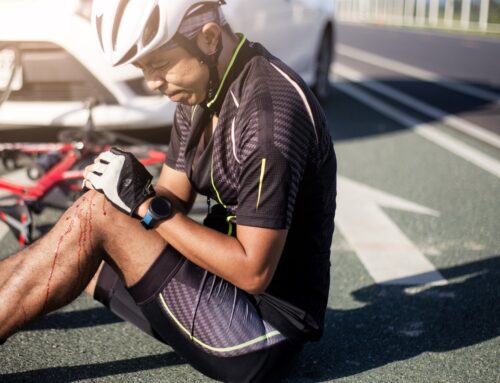
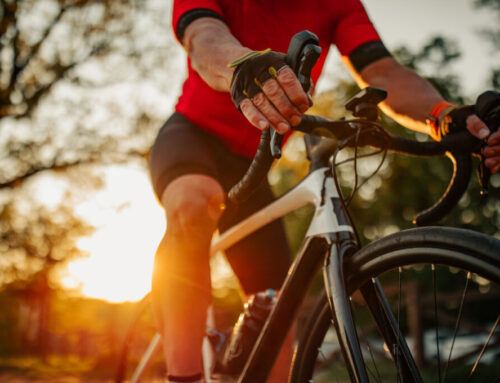
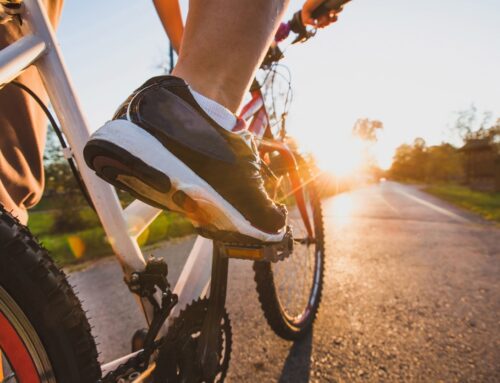
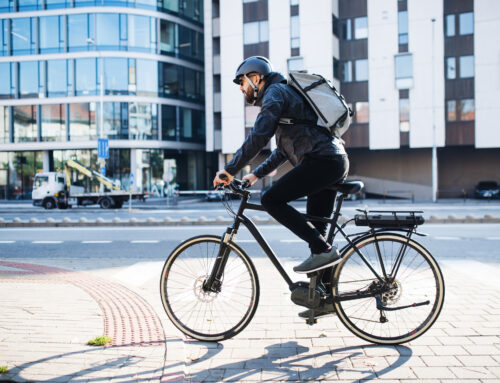
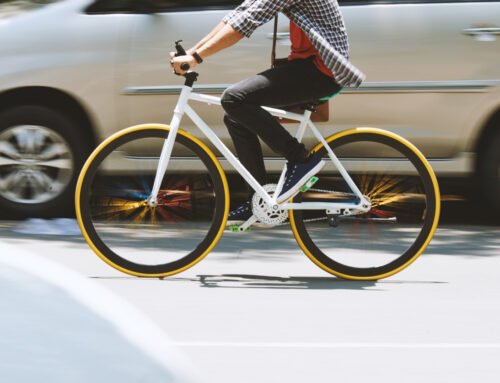
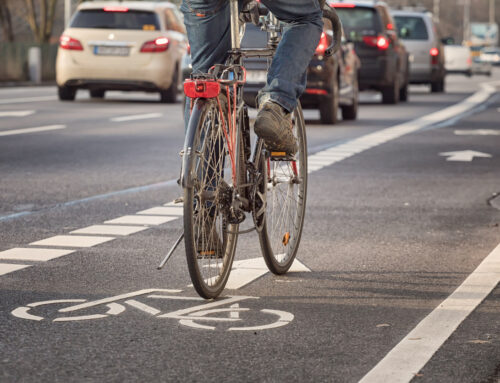
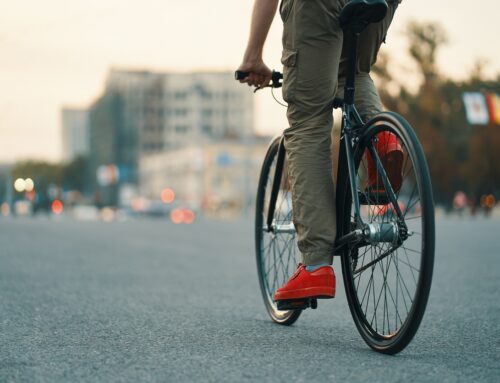
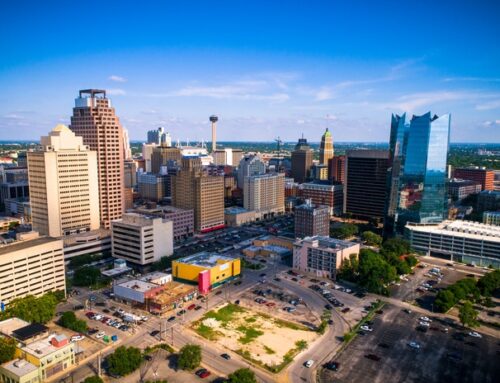
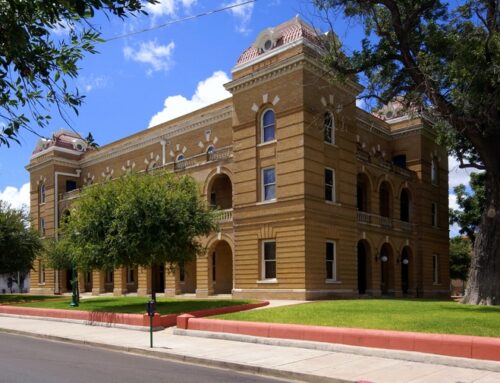
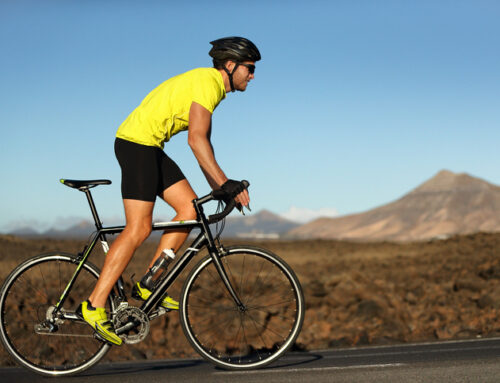
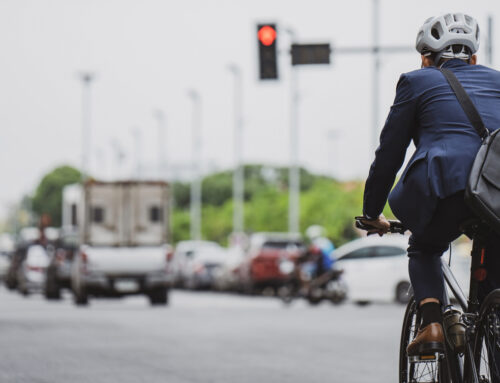
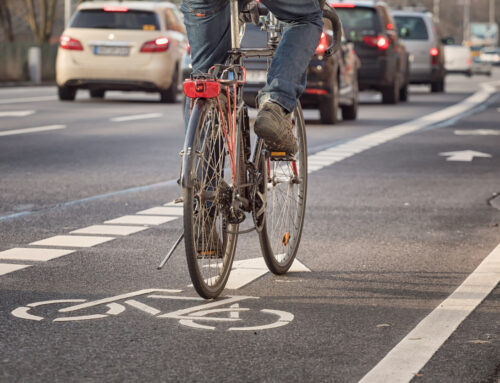
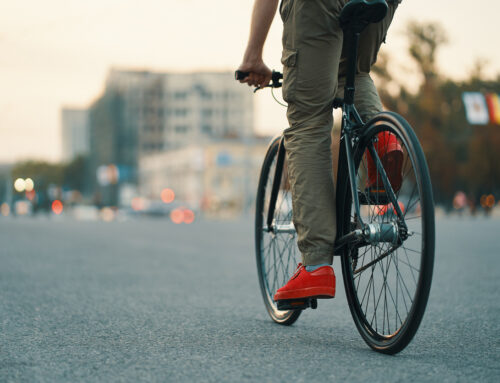
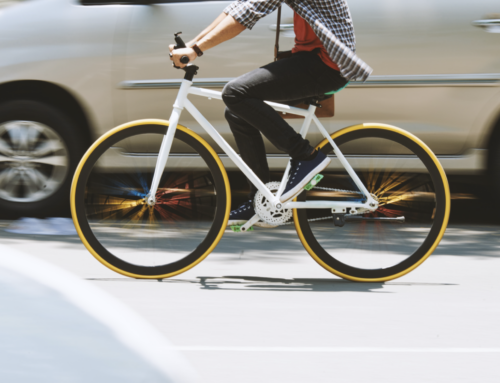
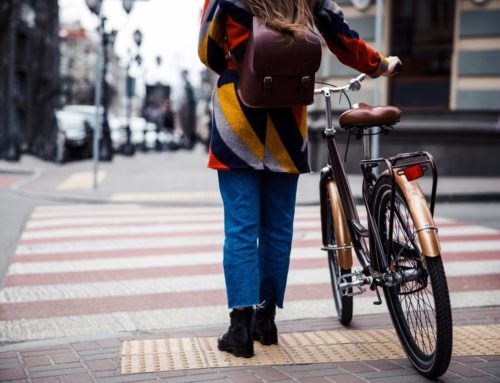
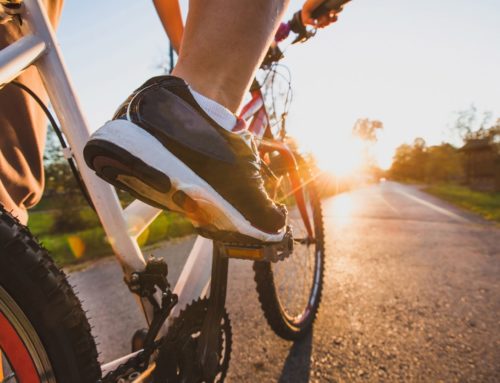
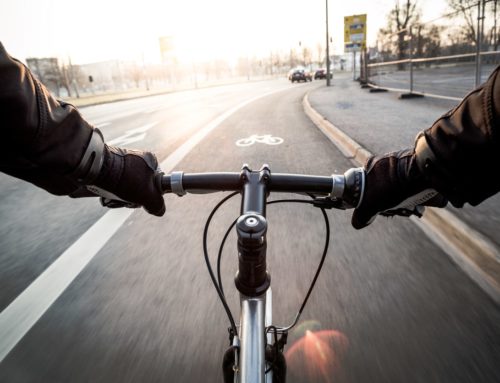

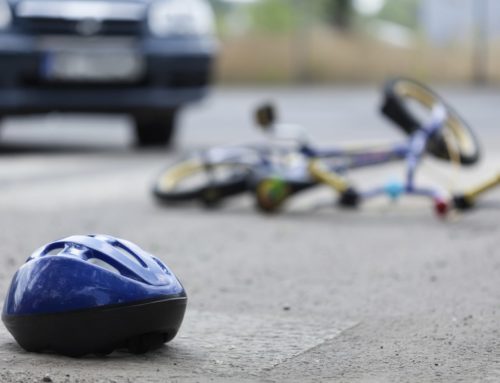
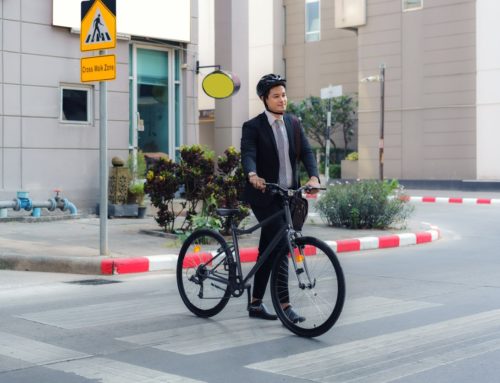
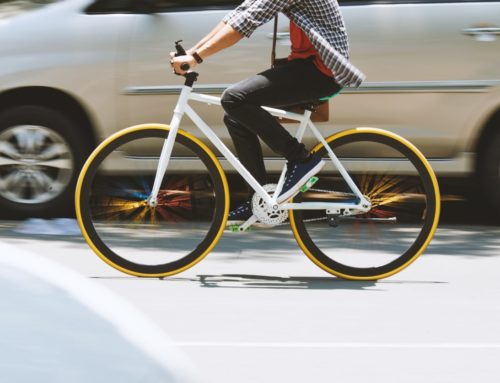
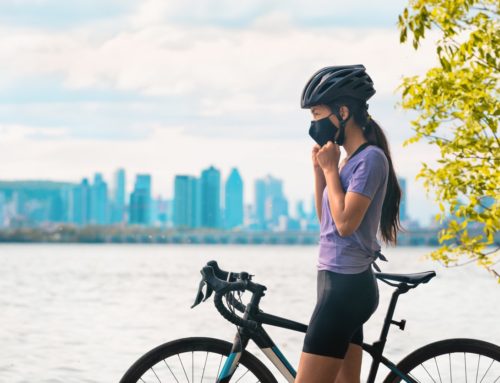
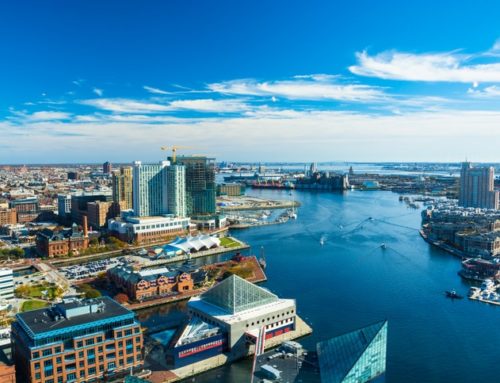
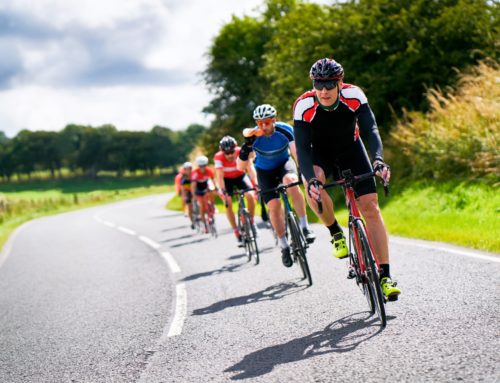
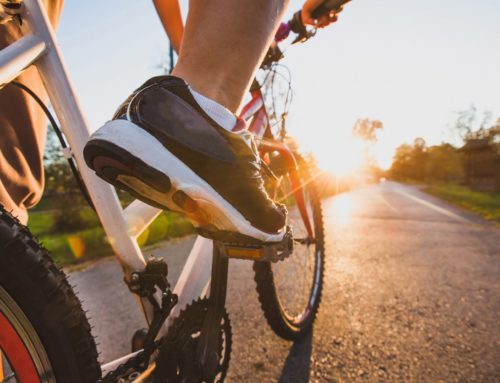
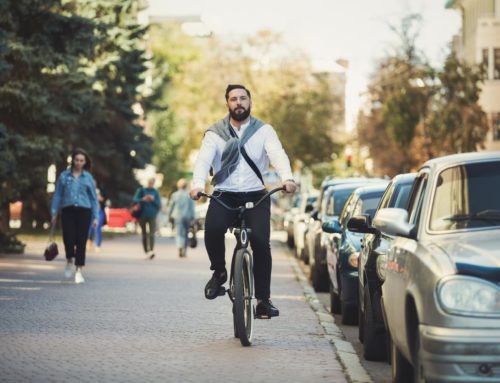
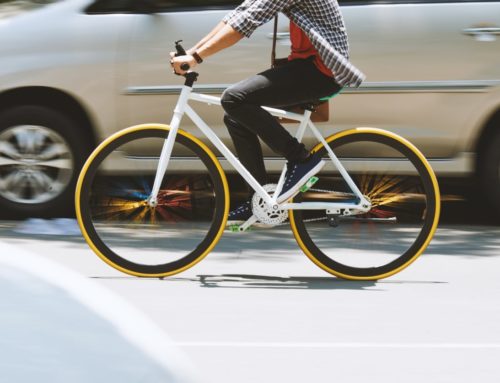
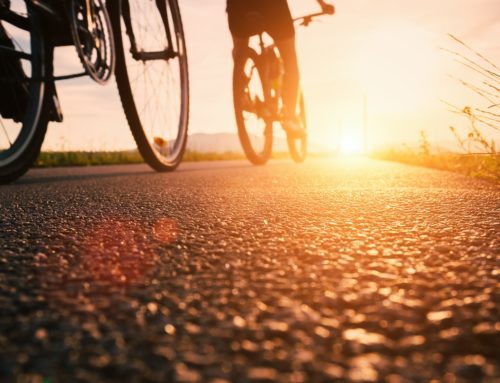
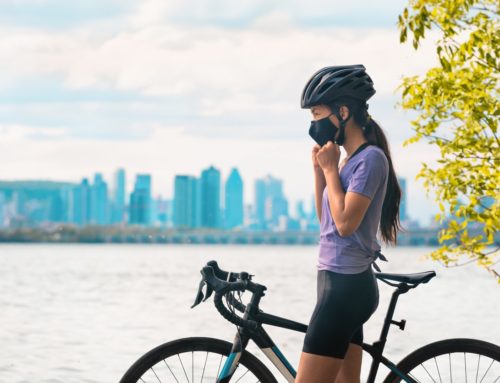
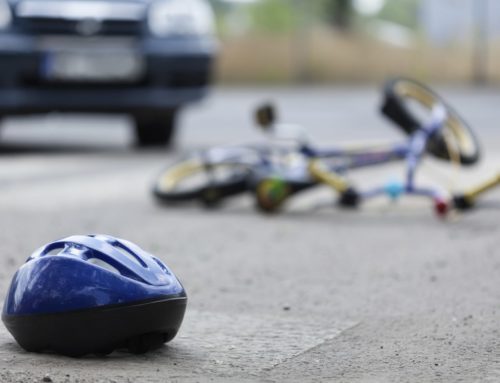
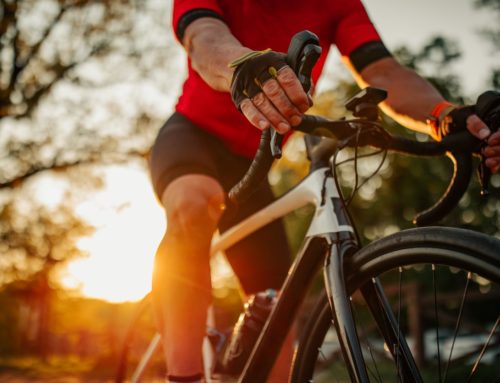
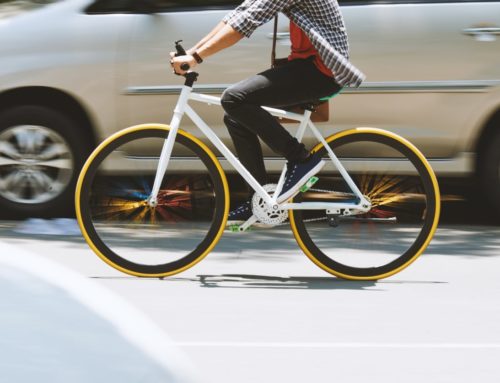
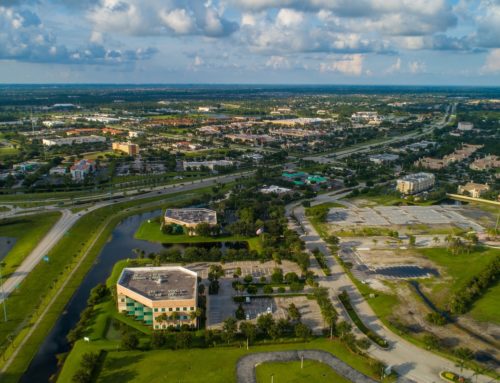
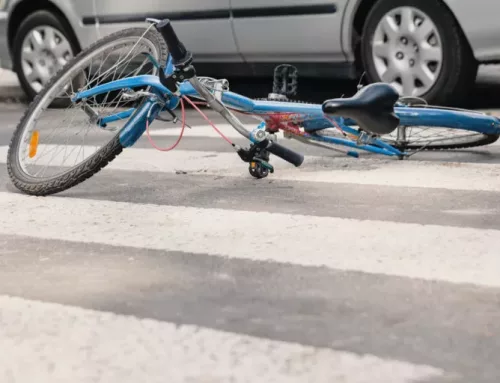
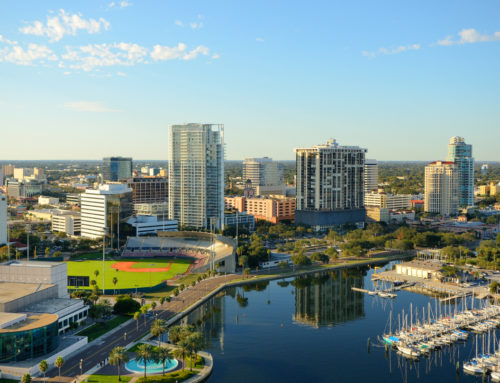
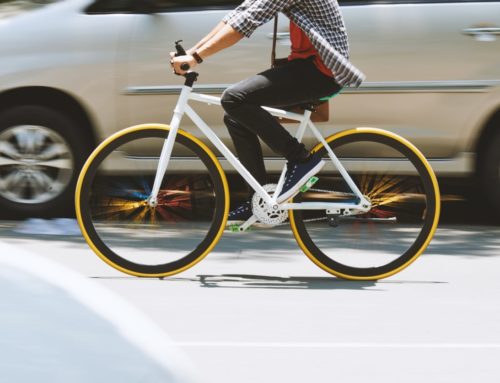
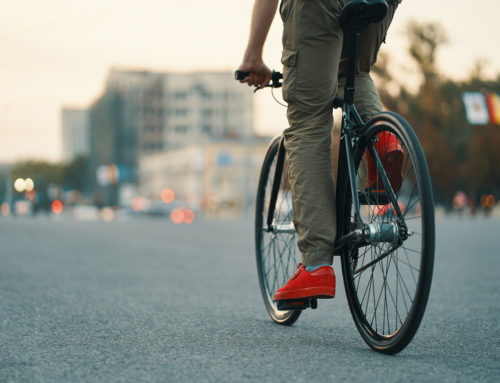
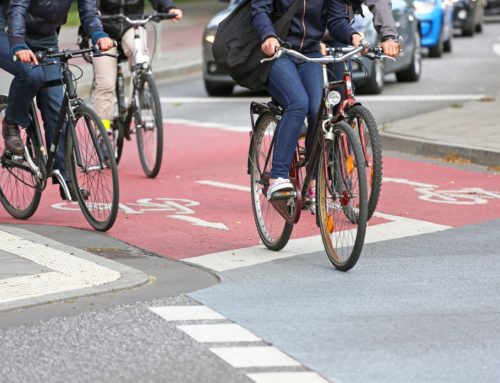
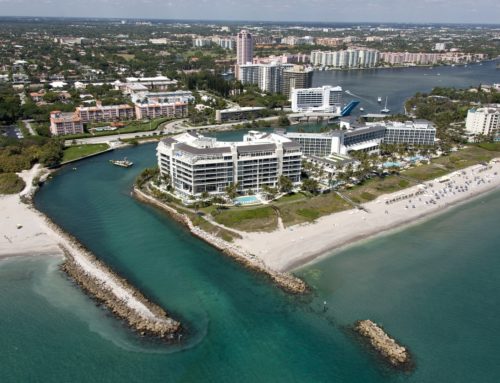
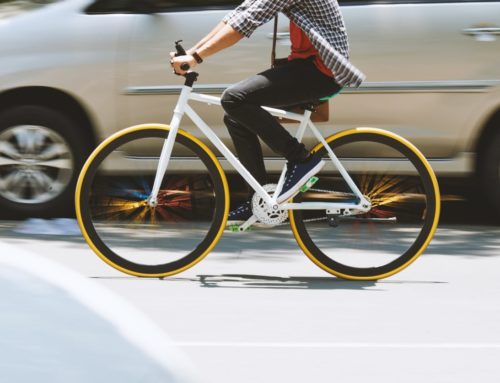
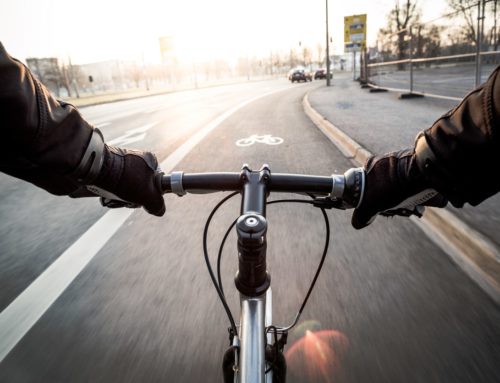
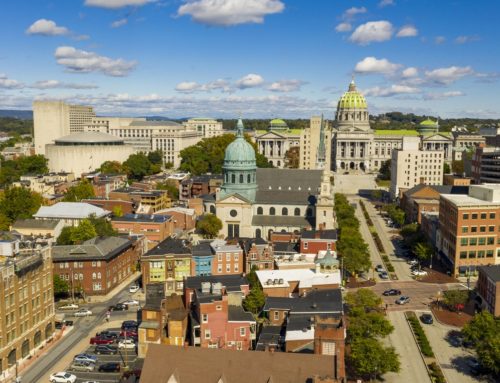
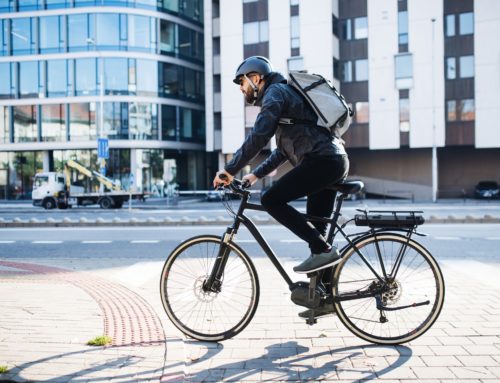
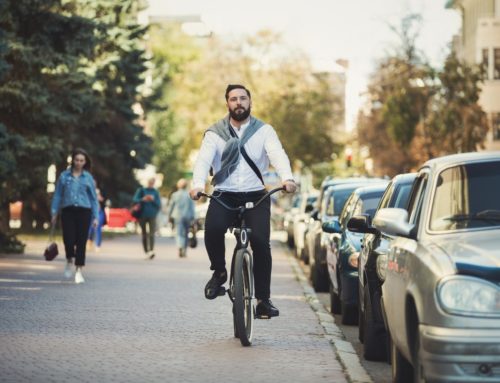
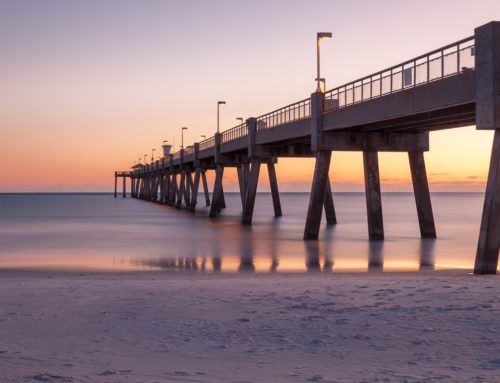
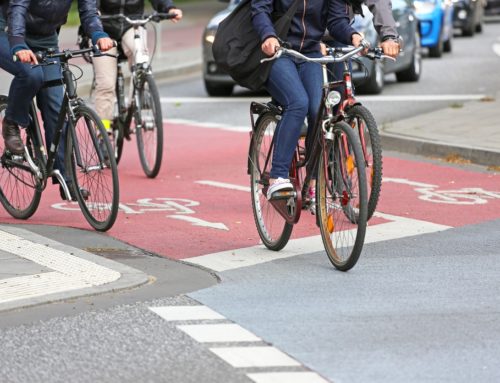
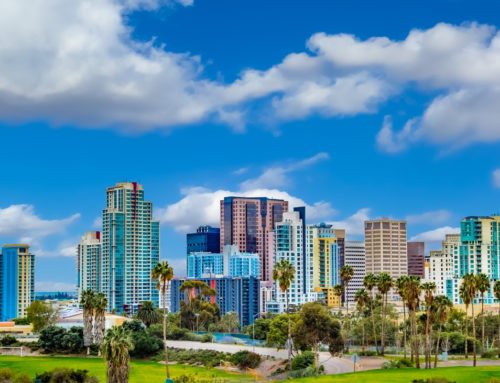
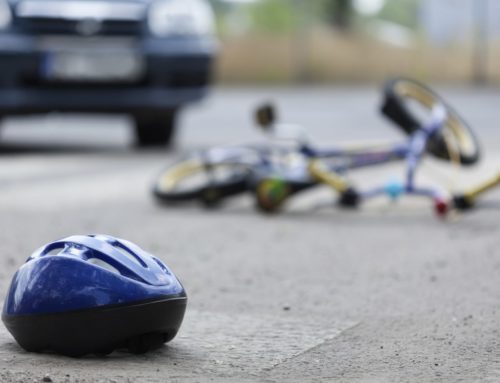
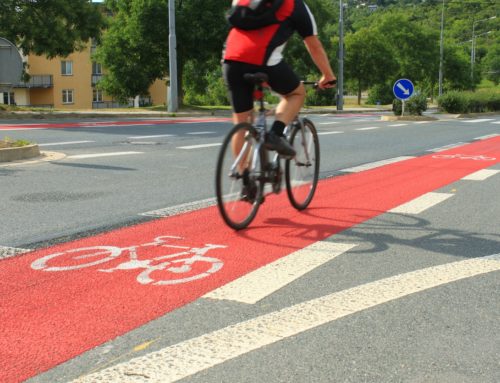
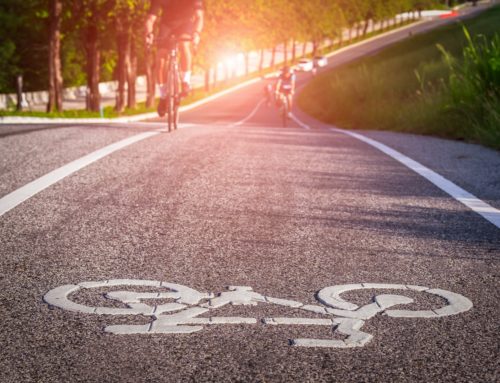
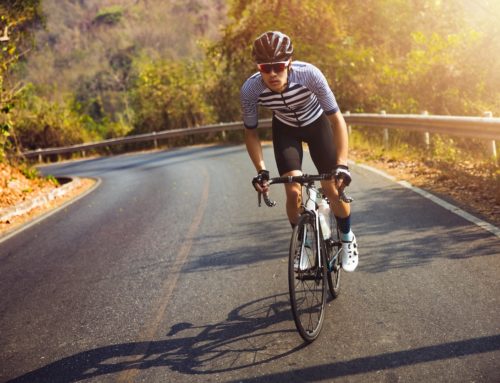
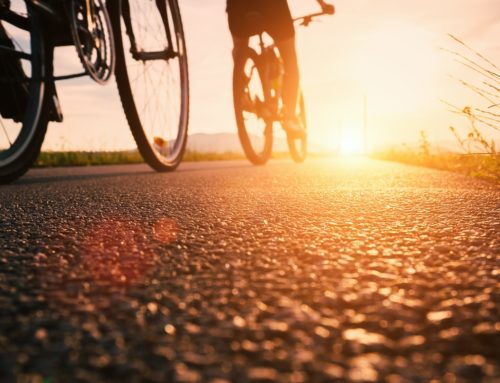
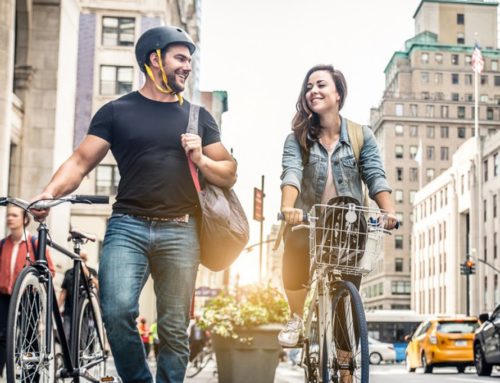
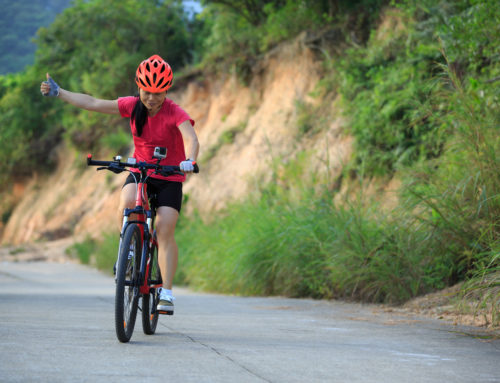
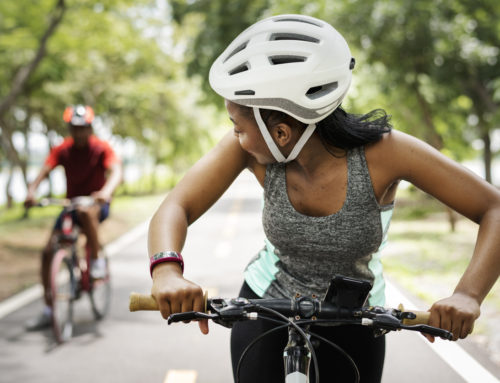
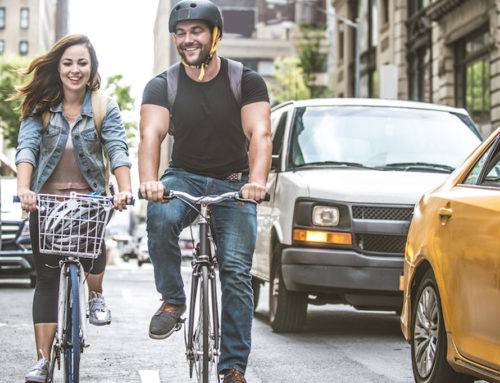
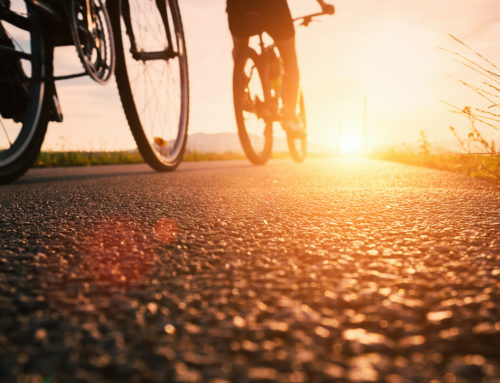
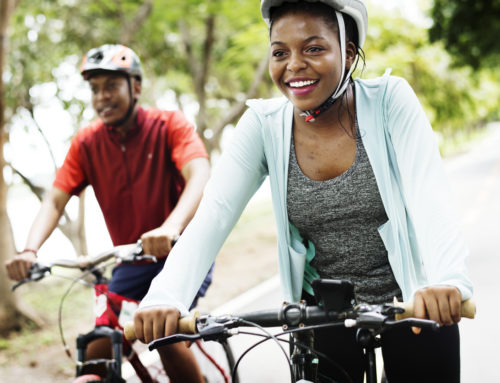
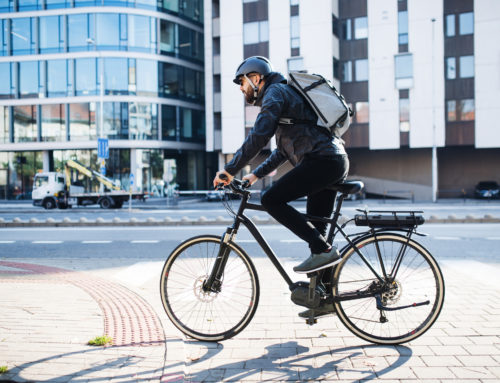
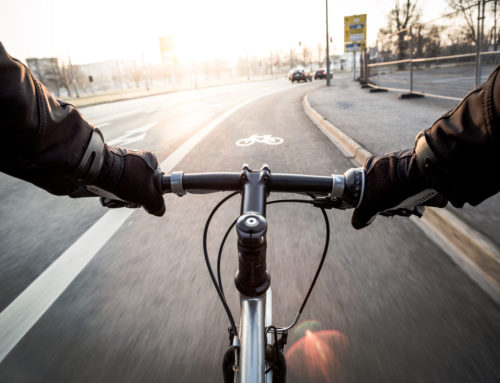

Leave A Comment